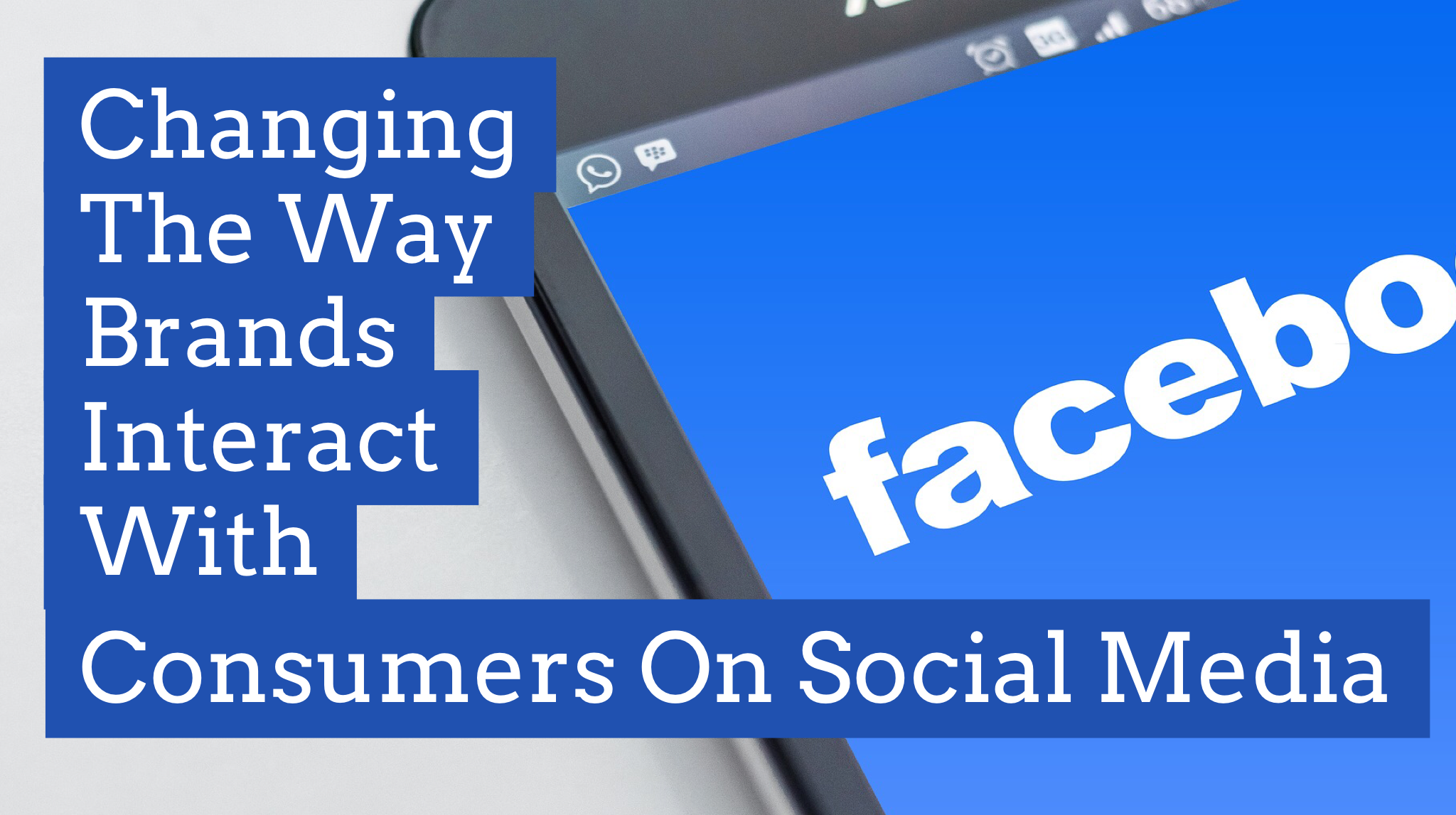
“Thank you for reaching out. We’re sorry you were unsatisfied. We try to make our customer experience as smooth as possible. Please continue to reach out in the future with all comments and concerns. Have a nice day!”
Stop doing this.
As we all know, social media provides a hyper-active network of instant communication. Anyone anywhere can connect with anyone else at any time. You could make the argument that social media took off into the mainstream around 2005, and obviously, advertising has been around a lot longer than that. It would follow naturally that social media would be a suitable, new medium for advertisers looking to get their brand in front of as many eyes as possible.
But now, there’s a problem. Social media isn’t one-way, as most traditional advertisements are. On the contrary, it is entirely interactive.
So, Ben, how do I format my brand on this new-fangled platform, I think it’s called, “The Facebook”?
Well first, don’t interrupt me. And second, you’re actually going to have to converse with the people seeing your brand. There are right ways and wrong ways to do this, and I’ll get there, but a little bit of context is required.
If we think about the term, “marketing,” one could infer a couple different definitions. For the purpose of my argument, I’d like to offer the following definition: “Communicating a message of persuasion based on what has worked in the past.”
In marketing, you are ultimately trying to get someone to do something (purchase a product, download a program, sign up for a newsletter, etc.). To get someone to do something, you use strategies that have proven successful in the past. (In the business, we call those, “best practices.”) But somewhere along the line, we collectively made a mistake regarding what is considered a best practice on social media.
Read the first sentence of this blog again. That is infuriating. As a consumer, it’s unhelpful, and I don’t feel my complaint was recognized or even read. It feels copy-and-pasted.
Responding to comments, complaints, concerns, and direct messages on social media is such an excellent opportunity to break away from the clutter and stand out. That’s why when we see a brand break the trend of generic responses, we take note of it.
Let’s run a scenario. You are the new manager of your company’s social media accounts. Congratulations. You’ve been trying to get that position for months, and we’re all proud of you. You have received a comment from a customer with some sort of negative criticism. Not an actual complaint but just some generic nasty comment on, say, your restaurant’s food quality. Like:
“I’d rather eat dog food than anything on your menu.”
Brutal. Try to shake that one off. Sticks and stones, my friend. You’ve got two options:
1. Go with a generic response, similar to the first sentence of this blog.
2. Go with something a little more personalized: “Prove it.”
Now, maybe don’t be that harsh. But, which of those responses is more memorable, more unique, and more likely to have people to respect your brand for sticking to its guns? The first response will maintain good PR on the surface, but the problem remains un-mended. It creates the potential for others to think that your brand doesn’t care about what consumers think of your company.
Your brand’s voice should have a consistent and recognizable tone: Is it funny? Sassy? Professional? Jovial? Intelligent? Your tone on social media can be anything you want. Just don’t make it indifferent and lazy.
In conclusion, look at social media as an opportunity to make your customers feel heard. The more personable you make your brand, the more likely people will remember it. Interact with them. Joke with them. Provide helpful information. Push back if they say something you don’t agree with.
Be unique.
Posted by Ben Cardwell, Junior Digital Analyst at initiate-it, a digital-first, full-service agency located in Richmond, VA.

